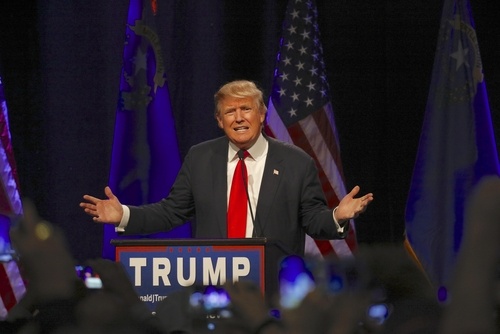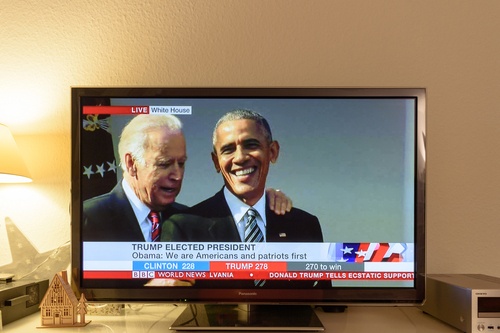Key Takeaways:
- Global markets jumped after a federal court overturned Trump-era tariffs.
- S&P 500 futures rose by 1%, with tech stocks like Nvidia seeing extra gains.
- Nvidia’s strong earnings show continued growth despite being blocked in China.
- The court’s ruling challenges a major use of executive power by the Trump administration.
Markets Bounce Back After Tariff Ruling
Global markets are celebrating a big win after a U.S. federal court knocked down sweeping tariffs put in place by former President Trump. This decision sent stock futures soaring, signaling hope for investors and businesses alike.
The S&P 500 futures, a key indicator of U.S. stock market performance, climbed nearly 1%. This rise was partly fueled by strong earnings from tech giant Nvidia. The chipmaker’s sales continue to surge, even though it’s been cut off from the massive Chinese market.
Why This Matters for the Economy
The tariffs, which were imposed during Trump’s presidency, were meant to protect U.S. industries by taxing imported goods. However, they also sparked trade wars, especially with China, and led to higher prices for consumers.
By striking down these tariffs, the court is essentially saying the Trump administration overstepped its authority. This ruling could ease trade tensions and lower costs for businesses and shoppers.
Tech Stocks Get a Boost
Nvidia’s success is a bright spot in the market. Despite being locked out of China, a major market for tech companies, the company reported booming sales. This suggests that U.S. tech firms can still thrive even without access to China’s vast consumer base.
Investors are cheering because Nvidia’s strong performance hints at broader resilience in the tech sector. This is especially important as the global economy faces challenges like inflation and slowing growth.
What’s Next for Trade?
The court’s decision is a significant setback for Trump’s trade policies. It could also set a precedent for how future administrations use executive power to impose tariffs.
For now, businesses that rely on imported goods are breathing a sigh of relief. Lower tariffs could mean cheaper raw materials and higher profit margins.
A Win for Investors
The rally in stock futures shows that investors are optimistic about the future. When trade barriers fall, companies often see lower costs and higher earnings. This, in turn, can drive stock prices higher.
Nvidia’s success story adds to the positive sentiment. If other tech companies can follow in its footsteps, the sector could see even more growth.
The Bigger Picture
This ruling is just one piece of a larger puzzle. Global markets are still grappling with inflation, interest rate hikes, and geopolitical tensions. But for now, the court’s decision is a much-needed dose of good news.
As the situation unfolds, all eyes will be on how the Biden administration responds. Will it try to reinstate the tariffs, or will it take a different approach to trade? The answer could shape the economic landscape for years to come.
Final Thoughts
The court’s decision to strike down Trump’s tariffs is a major turning point. It’s a win for businesses, investors, and consumers alike. While challenges remain, this ruling offers a glimmer of hope for a smoother trade environment.
For now, the market rally is a reminder that even in uncertain times, there’s always room for optimism.









